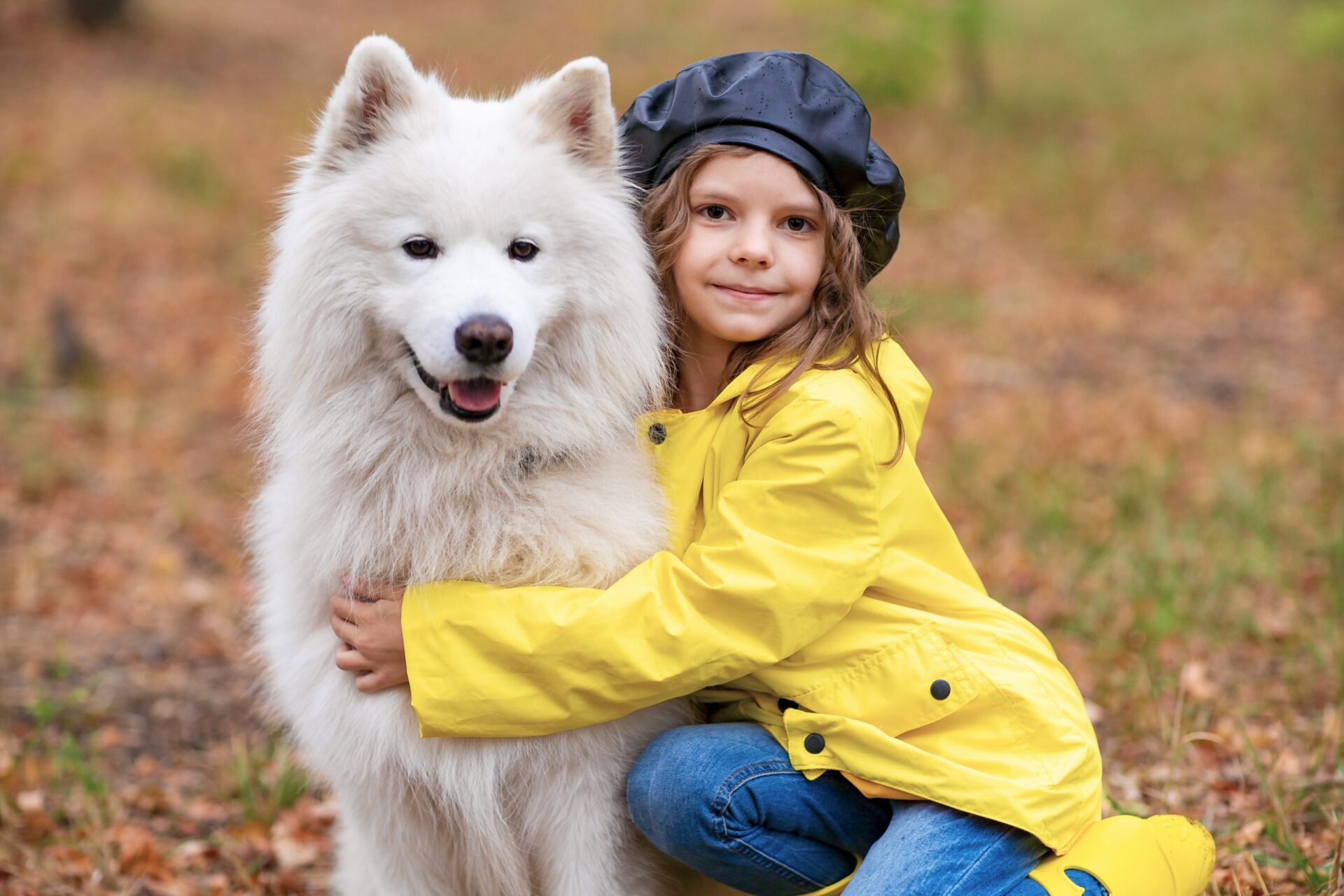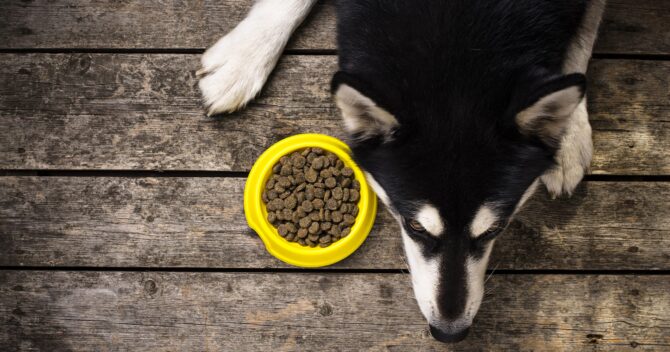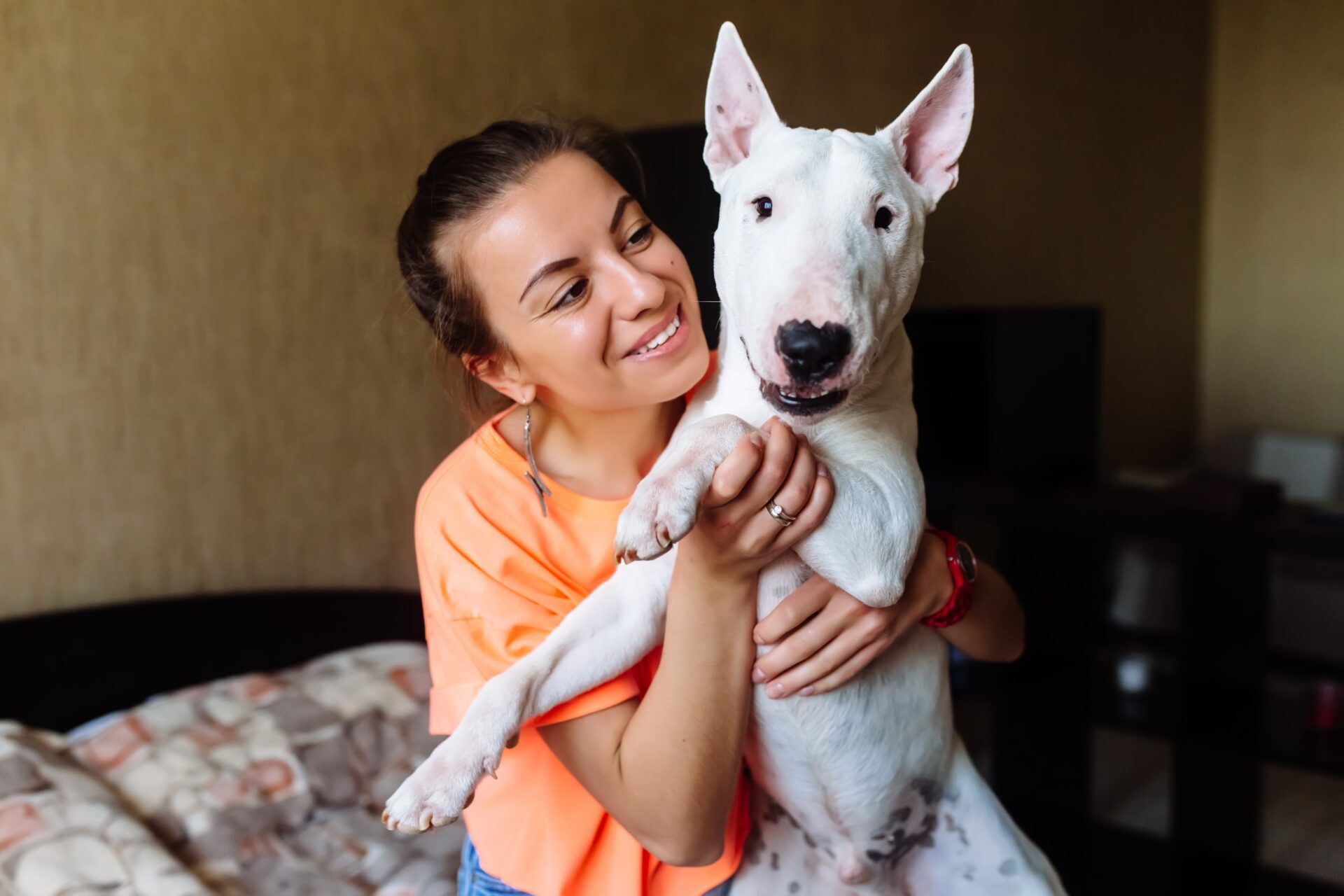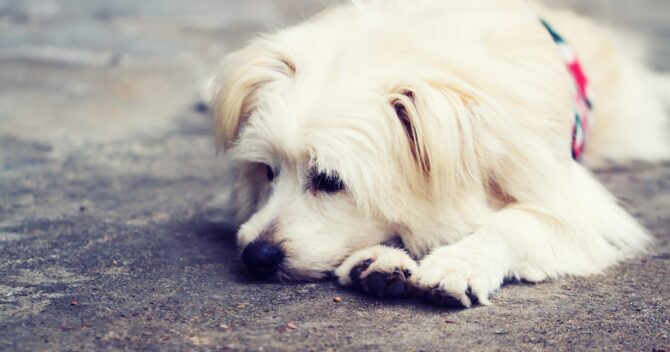Samoyed - the standard of the breed
- FCI-CLASSIFICATION: group 5 spitz and primitive dogs, section 1 Nordic sled dogs
- Usage: sled and companion dog
- Head: wedge-shaped, strong
- Stop: clearly marked
- Married: black, well developed
- Muzzle: deep, strong, gradually tapering towards the nose
- Eyes: dark brown, firmly set, almond-shaped
- Ears; triangular, small, slightly rounded at the ends
- Neck: raised high, strong, of medium length
- Torso: the length of the body slightly exceeding the height at the withers,
- Chest: long, wide, deep
- Ridge: raised, straight
- Tail: set high
- Limbs: strong, muscular
- Height at the withers: for males 54-60 cm, for females 50-56 cm
- Robe: double coat with a special shine, ruff around the head, inside of the ears much hairy, protective hair between the strands
- Hair: thick, flexible, dense, plentiful
- Ointment: pure white, slightly creamy, white-cream (biscuit) with a predominance of white
- Weight: male 20 to 30 kg, female 16 to 20 kg,
Samoyed - character
A characteristic feature of dogs of this breed (from puppyhood) is alertness. They listen carefully to various sounds and respond to them (usually by barking). They combine their interest in their surroundings with a cheerful, gentle and sociable disposition. They become very attached to their caregiver, demand close contact with household members and willingly participate in various forms of family activities. Although they do not require as intense training as other harness breeds, they need regular, quite intense exercise outdoors, even several hours a day. The Samoyed does not like loneliness, and when left alone at home for a long time, it may show destructive tendencies. When leaving him at home, we must take into account that he will demonstrate dissatisfaction by barking loudly. A representative of this breed does not tolerate coercion, unfair treatment and the aggressive, harsh tone of the guardian. He learns quickly and eagerly, but requires patient, gentle, multi-stage training, consistent upbringing and early socialization, especially with small dogs, cats and other domestic animals.
Health
Samoyeds are considered a healthy and strong race. Snow, frost and low temperatures are the aura in which they feel best. On hot, hot days, they usually look for shade, a cooler, airy place. They should not be exposed to long sun exposures and it is best not to walk in the hottest time of the day.
Suggested sizes and widths of accessories for this breed of dog:
Here are the suggested sizes for adult dogs of this breed. They were selected on the basis of many years of experience in sewing accessories and the most common choices of other dog owners of this breed. Remember, only measuring will give you 100% certainty - every dog is different.
Representatives of this breed tend to:
- hip dysplasia
- allergies, atopic dermatitis
- eye diseases - inflammation, progressive retinal atrophy and cataracts.
- glomerulonephritis
- prostate diseases
Nutrition
The diet should be balanced, adapted to the age, activity and conditions in which the pet lives. Both home-made food, enriched with vitamin and mineral preparations, and high-quality (high-calorie if the dog trains intensively) ready-made food for large breeds work well. Remember to supplement your meals with substances supporting the development of joints (glucosamine), and during the period of intense molting, substances containing unsaturated fatty acids and preparations with biotin and zinc. An adult samoyed should be fed once or twice a day. However, if your pet is prone to bloating and less abundant stomach problems, more frequent meals will usually help minimize this problem.
Care
Representatives of this breed can boast a shiny, dense undercoat, which provides them, above all, with excellent protection against unfavorable weather conditions. However, this beautifully presented coat requires systematic care. Frequent brushing is essential, especially during the molting period, i.e. twice a year. Especially during the period of intense molting, it is necessary to remove the shedding hair every day, as neglect can lead to inflammation of the skin. After this period, the hair of the samoyed should be combed once or twice a week so that it does not become matted.
The best brush is a brush with wire teeth with perfectly smooth, long pins that separate the undercoat well. It should be remembered that both brushing and brushing the hair should be "dry", then the hair does not become static and does not break. We usually bathe Samoyed 3-5 times a year in a special shampoo for white hair. Before taking a bath, the dog's coat must be combed and brushed. You can use scented aerosol powders to clean the hair dry.
Curiosity
Hailing from the eastern province of China, the mathematical genius samoyed Potato easily adds, subtracts, multiplies and divides. And then barking out the self-calculated results of math problems.
Maybe you'll like it



